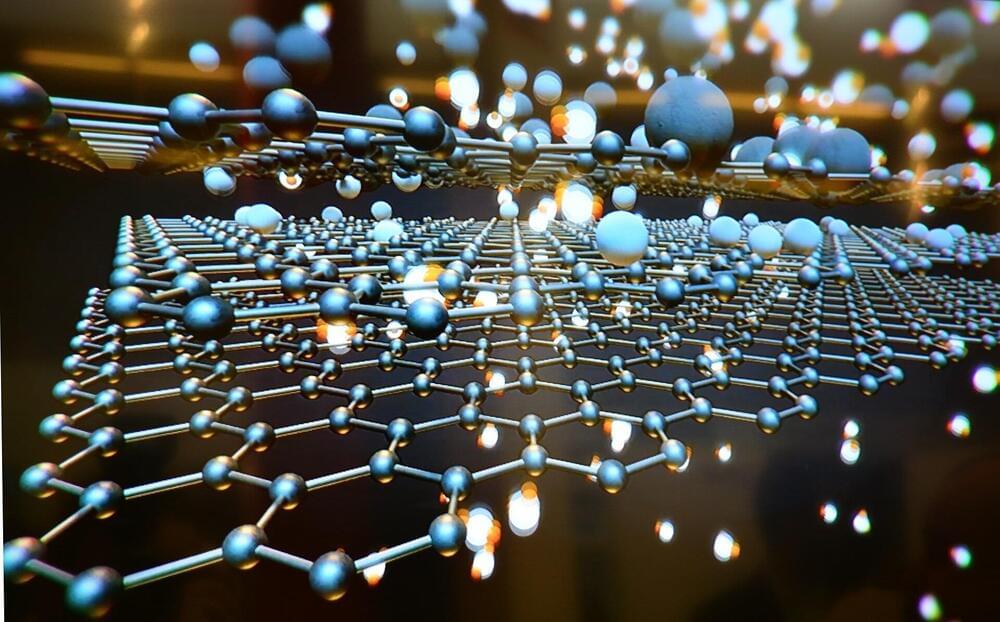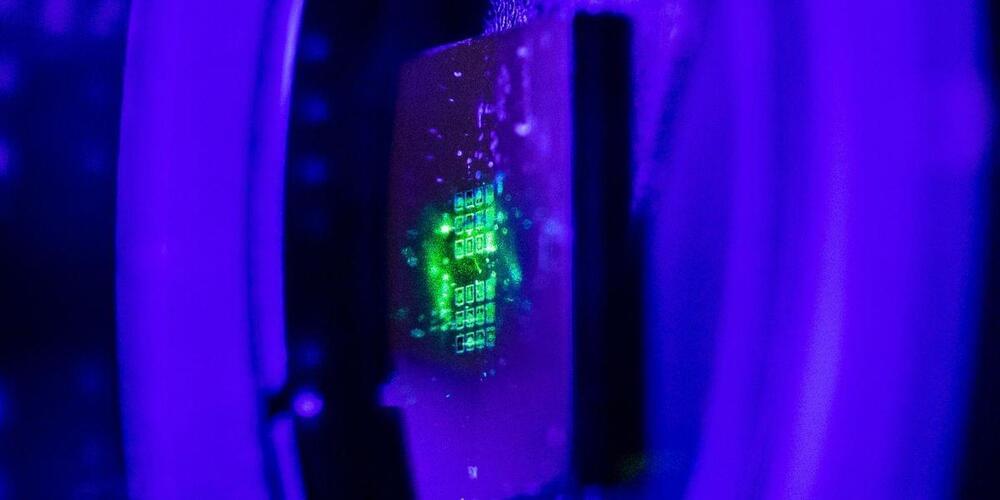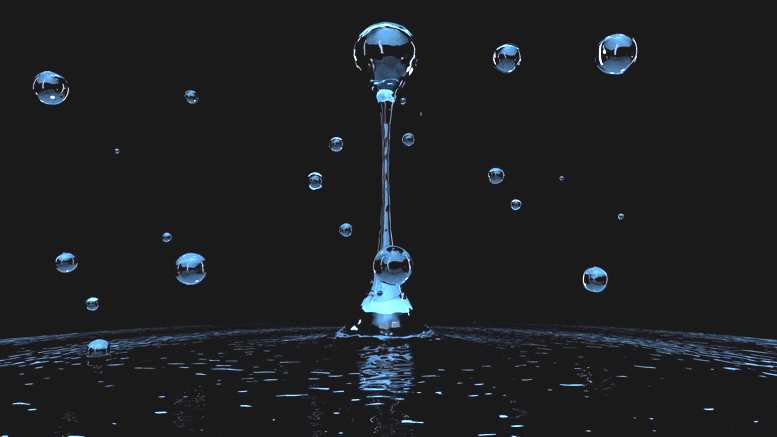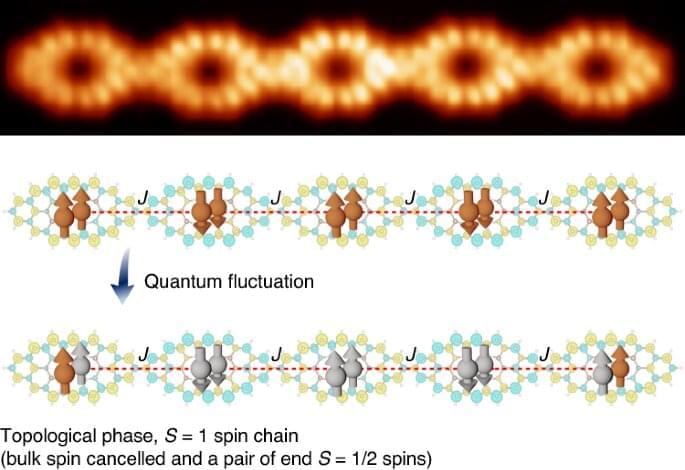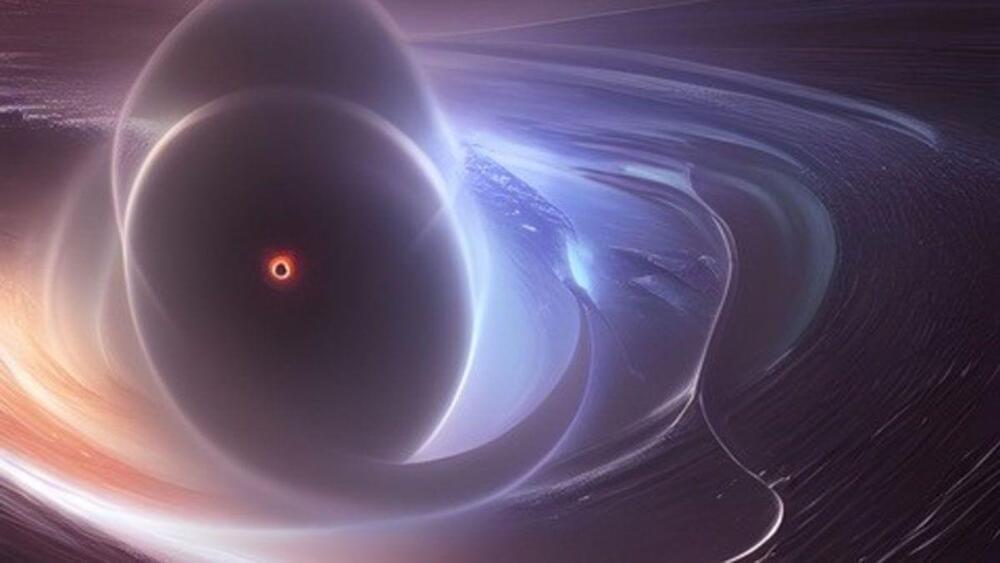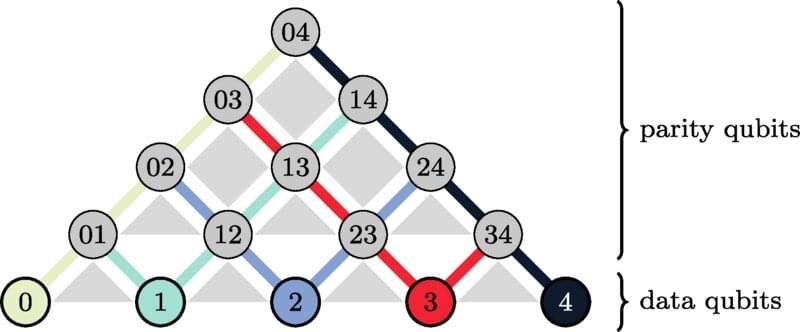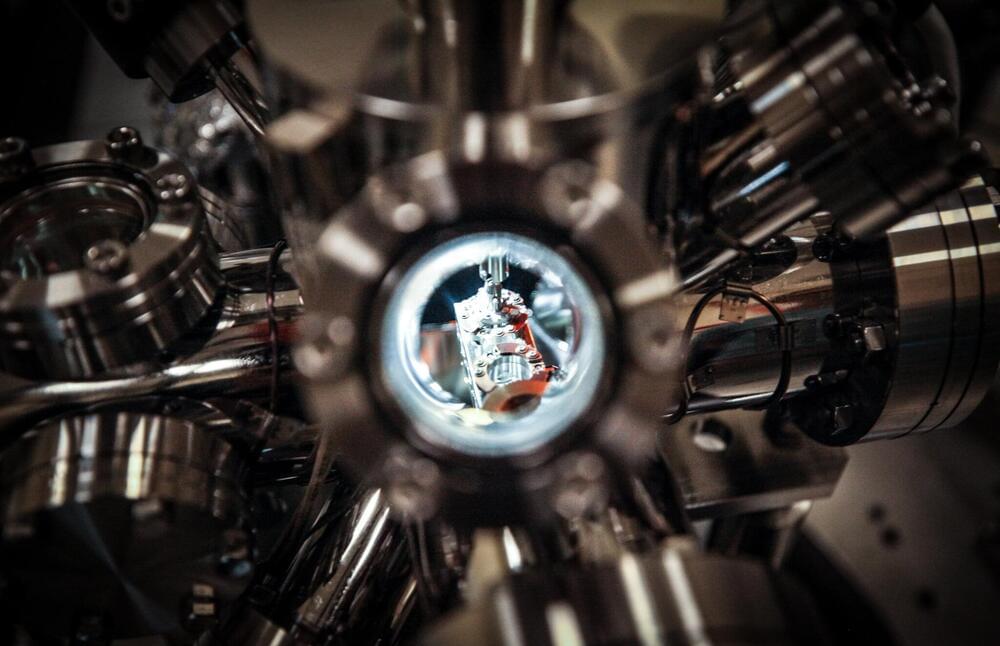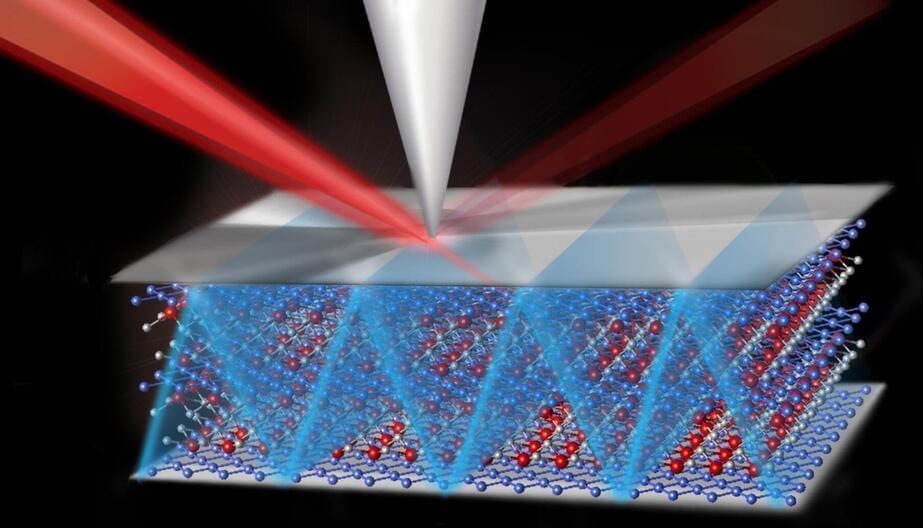After six decades of examining signals from space, why have we yet to discover evidence of extra-terrestrial life?
Keith’s book “The Contact Paradox: Challenging our Assumptions in the Search for Extraterrestrial Intelligence” is available now — https://geni.us/JFpy.
For the past six decades a small cadre of researchers have been on a quest, as part of SETI, to search for extraterrestrial intelligence. So far, SETI has found no evidence of extraterrestrial life, but with more than a hundred billion stars in our Galaxy alone to search, the odds of quick success are stacked against us.
Keith Cooper explores how far SETI has come since its modest beginnings, where it’s going and the assumptions that we make in our search for extraterrestrial life.
Watch the Q&A: https://youtu.be/_qEjTXrQ7vs.
Keith Cooper is a freelance science journalist and editor. Since 2006 Keith has been the Editor of Astronomy Now, and he is also the Editor of Astrobiology Magazine. In addition he has written on numerous space-and physics-related topics, from exploding stars to quantum computers, for Centauri Dreams, New Scientist, Physics World, physicsworld.com and Sky and Telescope. He holds a BSc in Physics with Astrophysics from the University of Manchester.
This talk was filmed in the Ri on 22 November 2019.
